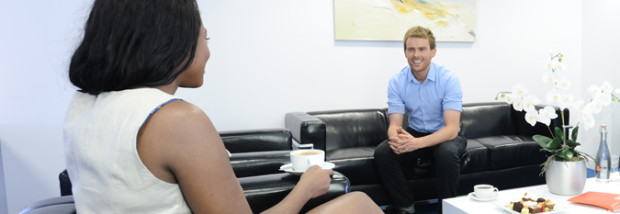Question what your meetings stand for
When American supermarket giant Wal-Mart bought Asda in 1999, its executives returned home with an idea taken from the British firm – from now on, their meetings would be held standing up.
The Yorkshire-founded retailer had a tradition of fast meetings which didn’t allow attendees to get comfortable, and their new bosses liked what they saw, concluding that “with no chairs to lounge in, meetings tend not to last very long,” according to the Economist.

Asda was by no means the first to popularise stand-up meetings – they were apparently common amongst senior military in the First World War. By 1998, enough chair-less corporate meetings were taking place for the University of Missouri to undertake a study, concluding that standing meetings were on average a third shorter than their seated equivalents.
The phenomenon took off in earnest in 2001, when a group of computer programmers published a “Manifesto for agile software development”, inspiring a way of working which became hugely popular across the tech world. While the manifesto’s twelve principles made no mention of how meetings should be conducted, most adherents of “Agile” programming have adopted a “daily scrum”: a short meeting, held standing up, designed to move progress along as efficiently as possible. The practice has become so popular that according to the Wall Street Journal, 78 per cent of tech employees worldwide hold daily standup meetings.
Does this mean that every business conversation should be conducted on your feet? Not necessarily. Search giant Google famously has beanbags in many of their meeting rooms, but this hasn’t stopped it becoming one of the world’s most respected firms in any sector. Furthermore, there can be advantages to wasting time – relationships are important in business, and if you never have the opportunity to make small-talk with people you work with, you may never get to know them properly.
However, whether you keep the chairs or not, the message is to think about how you hold your meetings – whether it’s beanbags or the balls of your toes, the way you interact can affect the work you do.
Share this post
Tags
- Career Development
- Celebrity Meetings
- Conferences
- Confidence
- Exhibitions
- Historic Meetings
- How to Interview Effectively
- Human Resources
- In The Press
- Meetings and Conferences
- Monarchy
- News
- Our Team
- Personal Development
- Personnel
- Presentation Techniques
- Teamwork
- Top Tips for Meetings
- Training & Workshops
- Video Conferences



